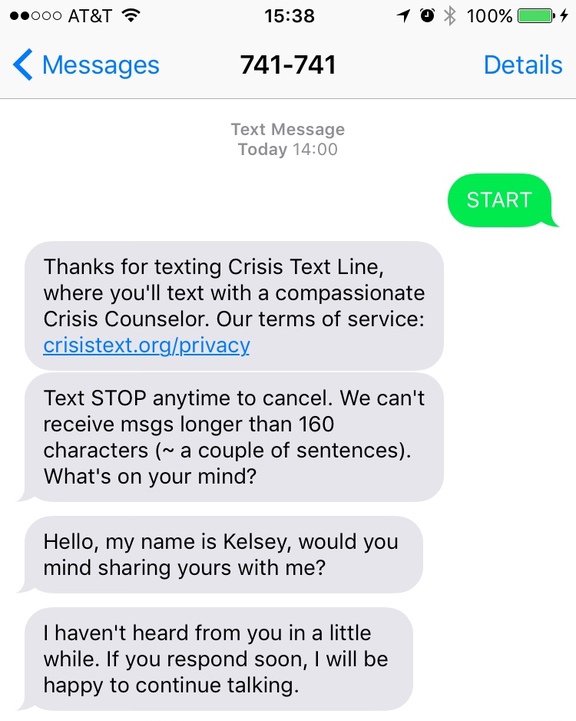Ethan Zuckerman in The Atlantic: “I found Shane Snow’s essay on prison reform — “How Soylent and Oculus Could Fix the Prison System” — through hate-linking….
Some of my hate-linking friends began their eye-rolling about Snow’s article with the title, which references two of Silicon Valley’s most hyped technologies. With the current focus on the U.S. as an “innovation economy,” it’s common to read essays predicting the end of a major social problem due to a technical innovation.Bitcoin will end poverty in the developing world by enabling inexpensive money transfers. Wikipedia and One Laptop Per Child will educate the world’s poor without need for teachers or schools. Self driving cars will obviate public transport and reshape American cities.
The writer Evgeny Morozov has offered a sharp and helpful critique to this mode of thinking, which he calls “solutionism.” Solutionism demands that we focus on problems that have “nice and clean technological solution at our disposal.” In his book, To Save Everything, Click Here, Morozov savages ideas like Snow’s, regardless of whether they are meant as thought experiments or serious policy proposals. (Indeed, one worry I have in writing this essay is taking Snow’s ideas too seriously, as Morozov does with many of the ideas he lambastes in his book.)
The problem with the solutionist critique, though, is that it tends to remove technological innovation from the problem-solver’s toolkit. In fact, technological development is often a key component in solving complex social and political problems, and new technologies can sometimes open a previously intractable problem. The rise of inexpensive solar panels may be an opportunity to move nations away from a dependency on fossil fuels and begin lowering atmospheric levels of carbon dioxide, much as developments in natural gas extraction and transport technologies have lessened the use of dirtier fuels like coal.
But it’s rare that technology provides a robust solution to a social problem by itself. Successful technological approaches to solving social problems usually require changes in laws and norms, as well as market incentives to make change at scale….
Design philosophies like participatory design and codesign bring this concept to the world of technology, demanding that technologies designed for a group of people be designed and built, in part, by those people. Codesign challenges many of the assumptions of engineering, requiring people who are used to working in isolation to build broad teams and to understand that those most qualified to offer a technical solution may be least qualified to identify a need or articulate a design problem. This method is hard and frustrating, but it’s also one of the best ways to ensure that you’re solving the right problem, rather than imposing your preferred solution on a situation…(More)”




